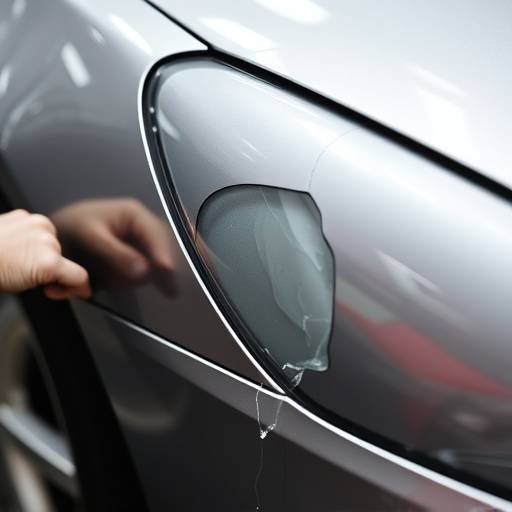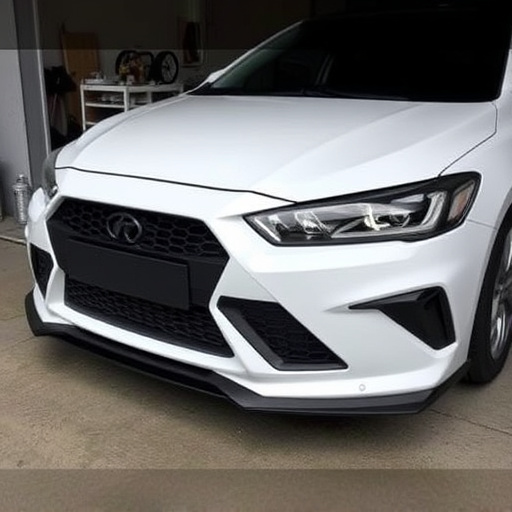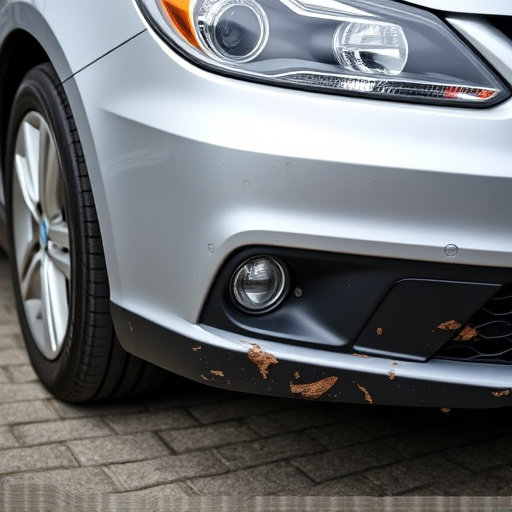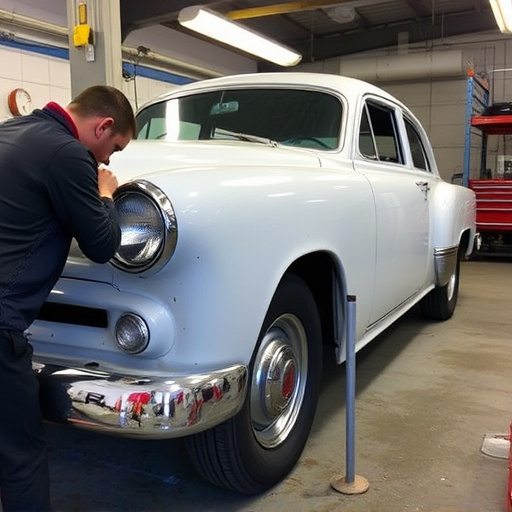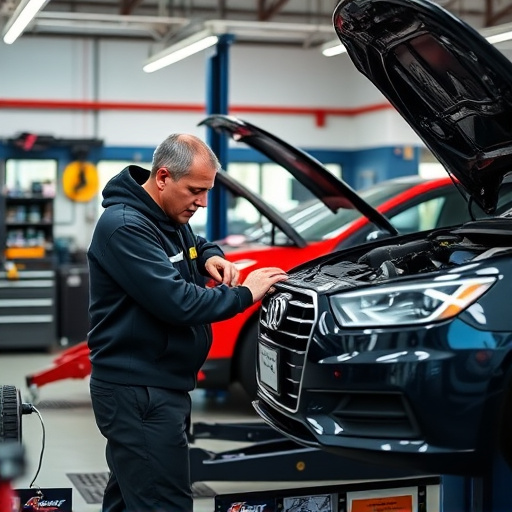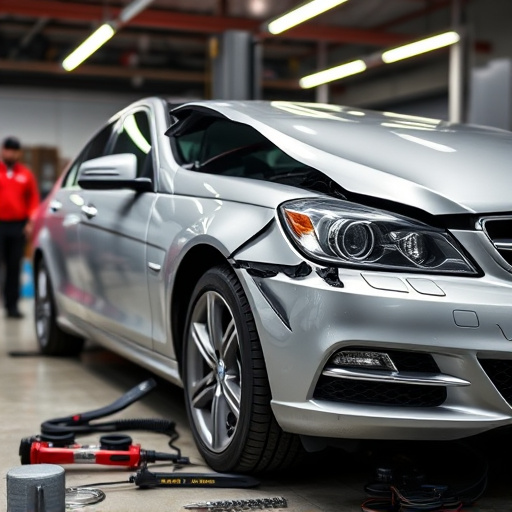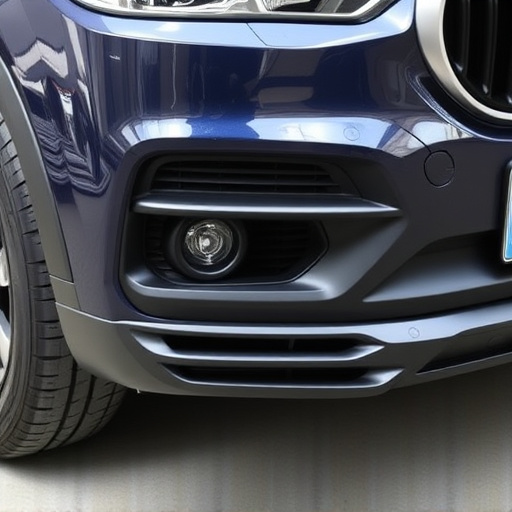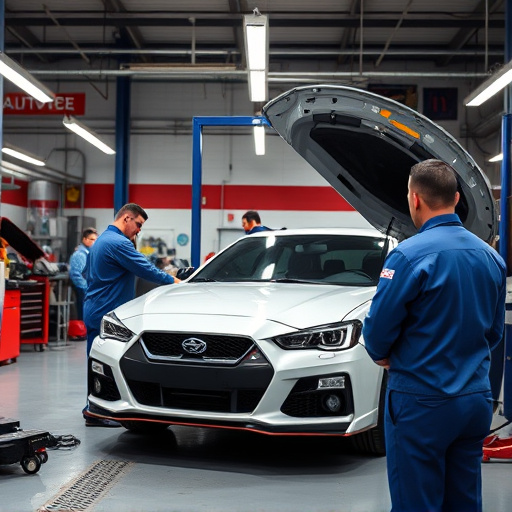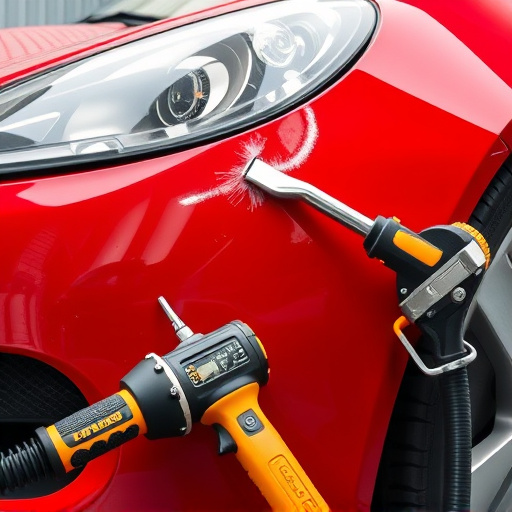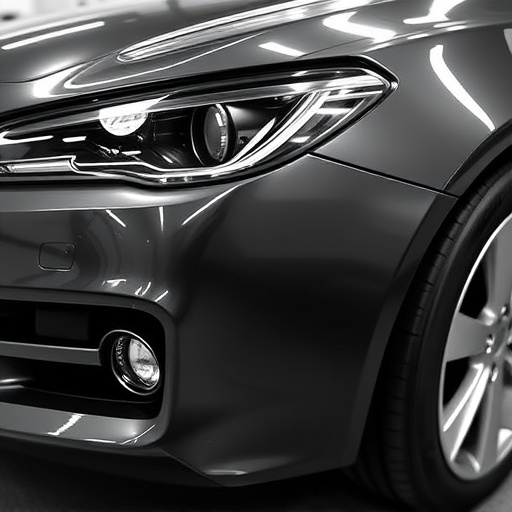Post-collision, steering alignment is vital for auto body repairs. Advanced equipment realigns wheels and suspension to enhance safety, prevent tire wear, improve stability, and ensure optimal vehicle performance, restoring pre-accident conditions. Initial damage and safety assessments guide subsequent alignments, focusing on structural integrity, fluid leaks, and basic functionality tests. Correcting misalignments is essential for long-term vehicle health and safety.
Post-accident, understanding your vehicle’s steering alignment is crucial for safe and optimal driving. This essential guide provides a comprehensive overview of navigating post-collision steering alignment. From recognizing signs of misalignment to correcting them for enhanced performance, this resource equips you with vital knowledge. Learn about pre-alignment safety checks and effective strategies for achieving precise tracking, ensuring your vehicle’s return to peak condition after a mishap.
- Understanding Steering Alignment After Collision
- Assessing Damage and Safety Checks Pre-Alignment
- Correcting Misalignments for Optimal Vehicle Performance
Understanding Steering Alignment After Collision

After a collision, one of the critical aspects to consider is steering alignment. This refers to the precise adjustments needed in your vehicle’s suspension and steering components to ensure it handles correctly and safely on the road. When a car experiences a collision, its frame can become misaligned, affecting the overall balance and performance of the vehicle, especially during turns.
Proper steering alignment post-accident is essential for several reasons. Firstly, it enhances handling stability, ensuring your car responds predictably to steering inputs. Secondly, it prevents uneven tire wear, as misalignment can cause tires to degrade at different rates. Lastly, it contributes to overall safety by guaranteeing that the vehicle’s direction is accurately controlled, which is vital in avoiding future accidents. Skilled auto body services often employ advanced equipment and techniques for auto body repairs, including computer-assisted steering alignment, to restore your car’s performance and ensure it’s ready for the road again, with minimal impact from the dent removal process.
Assessing Damage and Safety Checks Pre-Alignment

Before attempting any steering alignment post-accident, it’s crucial to conduct a thorough assessment of the vehicle’s damage and perform essential safety checks. Start by examining the exterior for visible signs of impact, such as dents, crumple zones, or misaligned panels, which can indicate the extent of the collision. Check if there are any leaks from damaged fluids like engine oil, coolant, or brake fluid, as these could pose safety risks and require immediate attention.
Additionally, assess the vehicle’s functionality through basic safety checks. Verify that all lights are operational, including brakes, turn signals, and emergency lights. Ensure the steering wheel is secure and responsive, and check if there’s any unusual noise or vibration when turning it. These initial evaluations will provide a baseline for your auto maintenance process and help guide the subsequent steps in realigning the vehicle after a collision, ensuring both safety and optimal performance.
Correcting Misalignments for Optimal Vehicle Performance
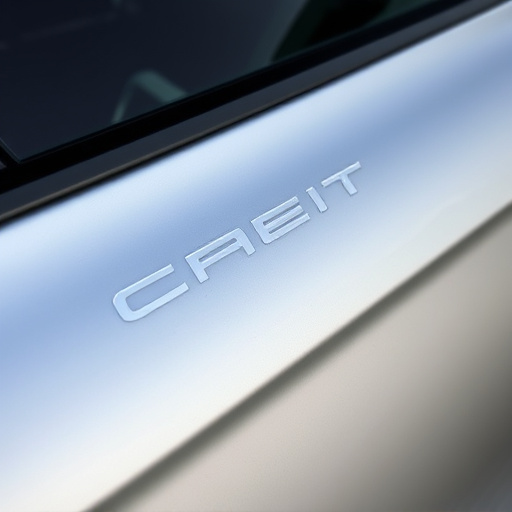
After a collision, it’s crucial to address any misalignments in your vehicle’s steering system for optimal performance and safety. Steering alignment after a collision goes beyond merely fixing visible dents; it ensures critical components like wheels, suspension, and steering rack are properly aligned again. This meticulous process involves sophisticated equipment to measure and adjust the angles of each wheel, guaranteeing they’re parallel and perpendicular to each other as they should be.
Correcting misalignments is vital for several reasons. For one, it prevents uneven tire wear, which can lead to poor handling and increased risk of another accident. Moreover, proper alignment enhances fuel efficiency by minimizing drag caused by wheels that aren’t rolling straight. And finally, it significantly improves overall vehicle stability and control, making your drives safer and more enjoyable. While repairs like auto painting or scratch repair might be visible reminders of a collision, addressing steering misalignments is an often overlooked yet critical step in getting your vehicle back to its pre-accident excellence.
After a collision, proper steering alignment after collision is crucial for both safety and vehicle performance. By understanding the necessary steps outlined in this guide—from assessing damage and conducting pre-alignment safety checks to correcting misalignments—you can ensure your vehicle returns to its optimal state. These measures not only enhance driving dynamics but also contribute to long-term reliability, making it essential for anyone post-accident to prioritize steering alignment after collision as part of their repair process.
